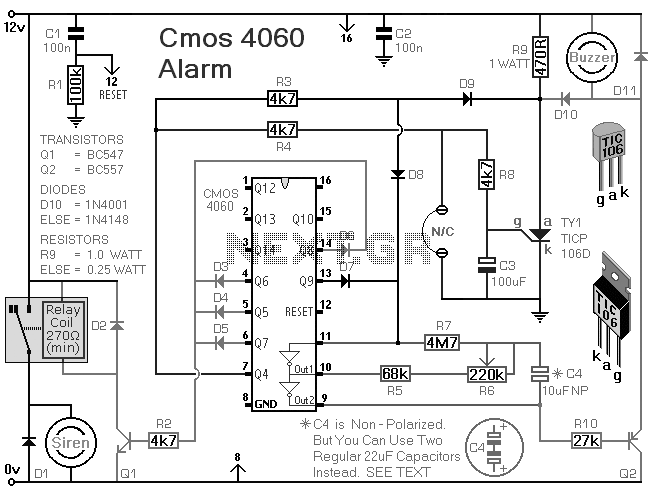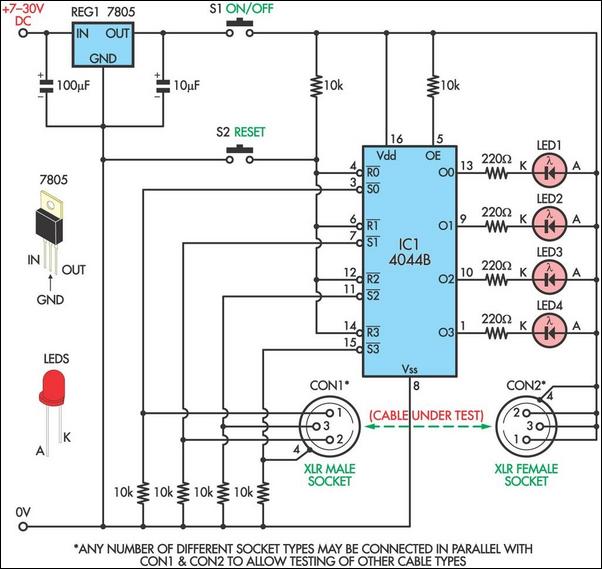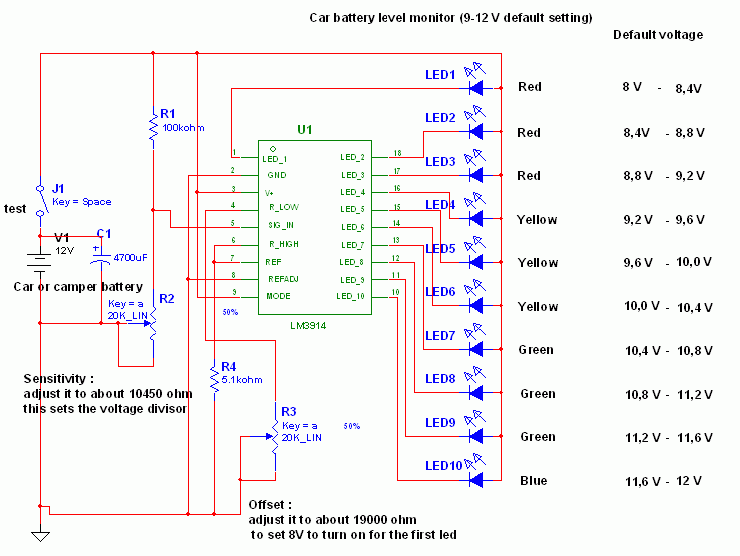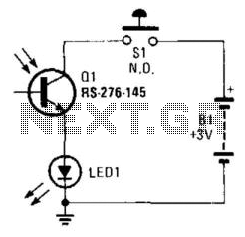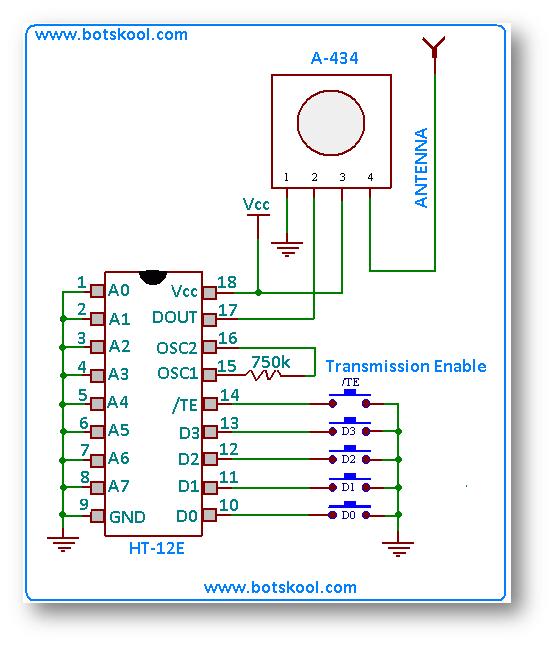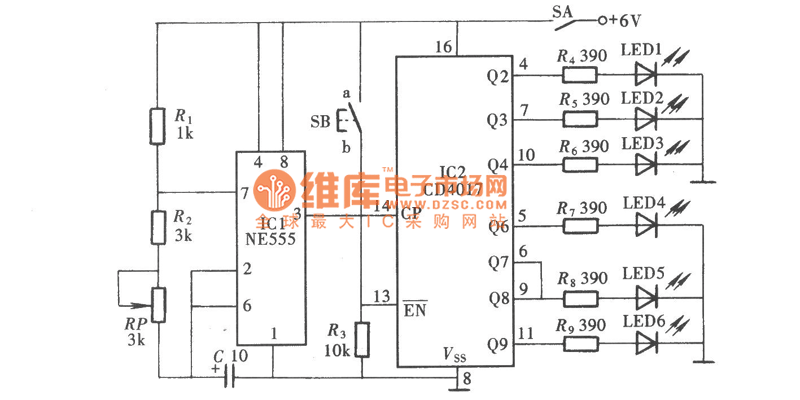
How to build a zener diode tester

This circuit is designed to test zener diodes. It connects to a 120V AC line and amplifies the output.
The zener diode testing circuit operates by utilizing a transformer to step down the 120V AC line voltage to a more manageable level suitable for testing. The circuit typically includes a rectifier stage, which converts the AC voltage to DC, allowing for accurate measurement of the zener diode's breakdown voltage.
In this configuration, a variable resistor or potentiometer may be included to adjust the current flowing through the zener diode, ensuring that it operates within its specified limits. A multimeter can be connected across the zener diode to measure the voltage drop, confirming whether the diode is functioning correctly.
Safety precautions must be taken when working with high voltages; therefore, the circuit should include fuses and proper insulation to prevent accidental contact with live components. Additionally, the circuit may incorporate LED indicators to provide visual feedback on the status of the zener diode under test, enhancing usability and safety during operation.
Overall, this testing circuit is essential for verifying the performance of zener diodes in various applications, ensuring their reliability in voltage regulation and protection circuits.This is a circuit to test zener diodes. It hooks up to a 120V AC line and boosts the output .. 🔗 External reference
The zener diode testing circuit operates by utilizing a transformer to step down the 120V AC line voltage to a more manageable level suitable for testing. The circuit typically includes a rectifier stage, which converts the AC voltage to DC, allowing for accurate measurement of the zener diode's breakdown voltage.
In this configuration, a variable resistor or potentiometer may be included to adjust the current flowing through the zener diode, ensuring that it operates within its specified limits. A multimeter can be connected across the zener diode to measure the voltage drop, confirming whether the diode is functioning correctly.
Safety precautions must be taken when working with high voltages; therefore, the circuit should include fuses and proper insulation to prevent accidental contact with live components. Additionally, the circuit may incorporate LED indicators to provide visual feedback on the status of the zener diode under test, enhancing usability and safety during operation.
Overall, this testing circuit is essential for verifying the performance of zener diodes in various applications, ensuring their reliability in voltage regulation and protection circuits.This is a circuit to test zener diodes. It hooks up to a 120V AC line and boosts the output .. 🔗 External reference
